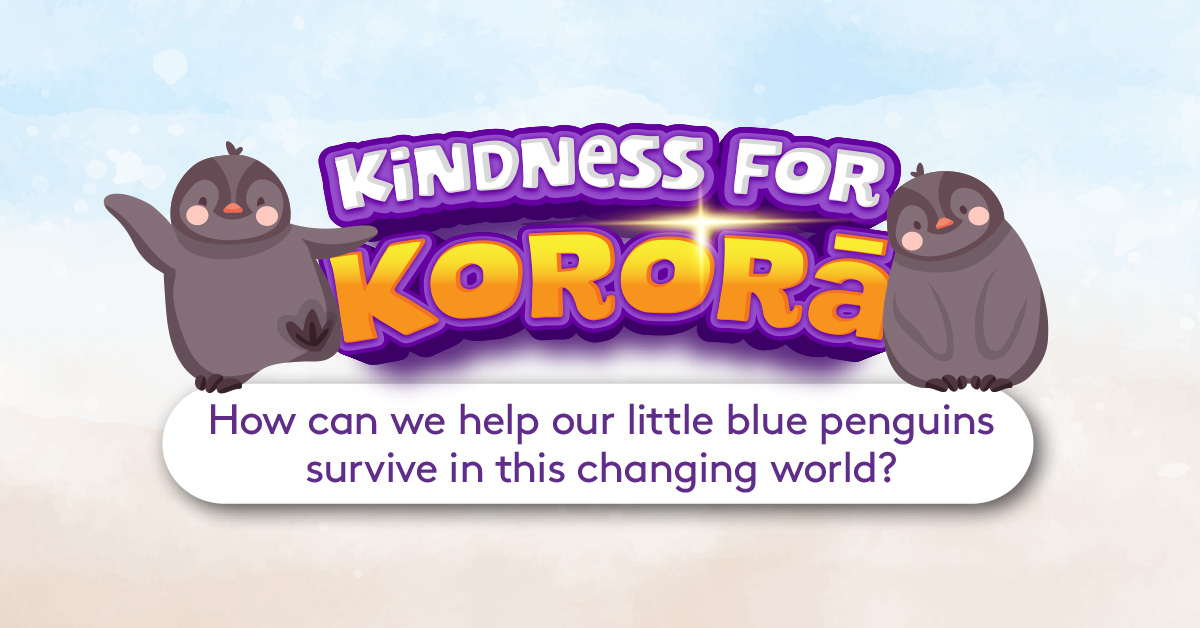
The question is, how do we react when we feel them?
Like it or not, we are all affected to some extent by our feelings: joy, sadness, anger and fear are a part of all our lives. The question is, how do we react when we feel them? We can be overwhelmed by them, ignore them, wish they’d go away or bottle them up.
One of the first steps we can take to being able to manage our feelings is to understand why we’re feeling the way we feel. This chart (originally developed by John Heron, a British pioneer in facilitation) could help. It is based on the idea that human beings have certain “built in” needs. When the meeting of
these needs is interrupted by actual events, or our assumptions, ideas and opinions, certain feelings typically arise and our behaviour changes. The chart also outlines strategies we can use to reduce the impact of the interruption.

| Our needs | To Love and be Loved | To Understand/ Make Sense | To Have Choice/ Self Determination |
| Interruptions (real or imagined) | – Loss of an item or facility – Separation or bereavement – Relationship problems – Moving away from friends – Redundancy – Change of status | – Fast pace of change – Uncertainty about what’s happening or why – Being in a new or unfamiliar place or situation – Starting a new job – Changes to routine – Having to find a new way of doing something | – Being told what to do – Having no choices or options – Not being able to do what you want to do – Being unable to “make things happen” – Rules, policies and procedures that “hold things back” – Lack of support for an idea |
| Resulting Behaviours | – Tearful – Quiet – Withdrawn – No energy – Low motivation – “Nobody loves me” | – Trembly and Worried – Cling to the old or criticise the new – Stick to the rules – Gossip – Lose confidence – Struggle to make decisions – “I don’t know what to do” | – Flushed face, raised voice – Argumentative or sullen – Lashing out – Disruptive – Resistant – Protesting – Grudging agreement – High (or low) energy – “This sucks” |
| The Emotion | Sadness | Fear/Uncertainty | Anger/Frustration |
| Support Strategies (to others or yourself) | – Offer sympathy and loving gestures – Listen – Let them cry or cry yourself; it’s a natural release mechanism – Acknowledge the sadness as being “logical” or understandable, “I’m not surprised you feel that way” – Encourage finding ways to be loved/valued | – Think positively – Listen – Provide/gather more information or training – Acknowledging the fear as being “logical” or understandable, eg “this sounds like quite a challenging situation” – Encourage finding ways to lessen the uncertainty | – Allow venting frustrations in a healthy way – Listen – Take time out – See the funny side of the situation – Acknowledging the anger as being “logical” or understandable (but not necessarily acceptable, eg “Wow, somethings’ really got you going here” – Encourage finding choices that can be made, or actions that can be taken |
| Outcome | Loyalty | Excitement | Energy |
Strategies for Helping Yourself and Others
- Notice your feelings; take the time to observe how or what you are feeling. Look at the behaviours above to give you some clues. Ask yourself “How am I feeling right now”.
- Identify or put a name to the feeling. Choose from, sadness, anger or fear rather than the generics like “upset”, “shattered” or “gutted”.
- Accept the feeling. Often we have been taught to deny our feelings. But accepting them as existing, appropriate or understandable can be a significant step towards feeling better.
- Value the feeling and use the table above to give you some clues about how you might do something useful is resolve the feeling.
- Acknowledge the feeling in a way which does not blame another person. Use “I” language to own the feelings.
- Keep the feeling in perspective rather than let it take you over. A useful way to do this is to say “I am this feeling of …… and I am more than just this feeling. I am also my experience, my successes etc”.
- Check if the person wants any help. Ask the person if they have any ideas about what can be done to improve the situation or if they need any other form of help.
- Be reasonable. If you or someone else can’t change what’s causing the feeling, face up to that and try a different option.
And remember:
a) manage your own feelings while you’re listening. If you get too emotionally involved, your own usefulness will fall away.
b) Do not set yourself up as the rescuer. This may mean very saying something like “I can see this is a significant problem for you and it’s not one that I can solve”. And yes, we can modify our feelings by modifying our thoughts, but would life without feelings still be life?
And as for joy, we’ll get to that one next time!
Words by Dave Burton
Art by Lucas Rocha






